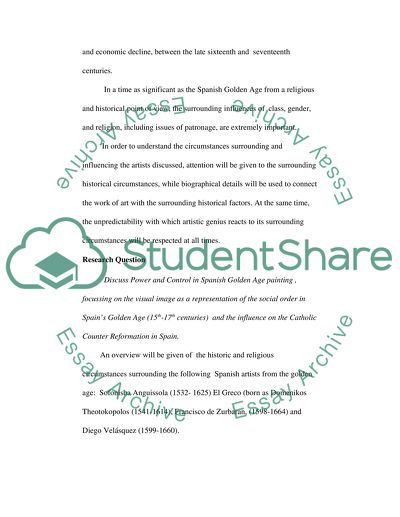Cite this document
(“Spanish Golden Age Painting Essay Example | Topics and Well Written Essays - 5000 words”, n.d.)
Retrieved from https://studentshare.org/architecture/1520440-spanish-golden-age-painting
Retrieved from https://studentshare.org/architecture/1520440-spanish-golden-age-painting
(Spanish Golden Age Painting Essay Example | Topics and Well Written Essays - 5000 Words)
https://studentshare.org/architecture/1520440-spanish-golden-age-painting.
https://studentshare.org/architecture/1520440-spanish-golden-age-painting.
“Spanish Golden Age Painting Essay Example | Topics and Well Written Essays - 5000 Words”, n.d. https://studentshare.org/architecture/1520440-spanish-golden-age-painting.


